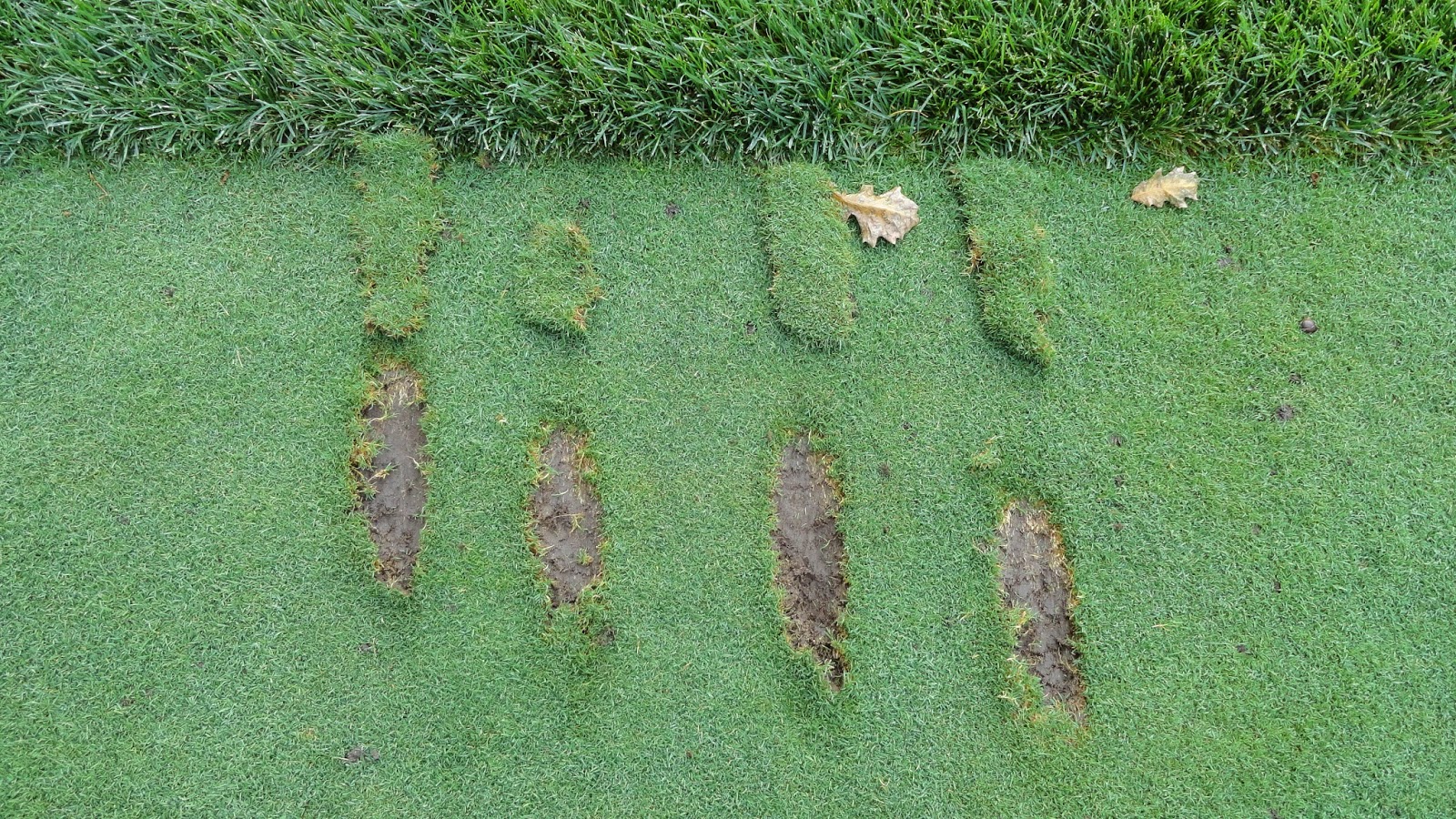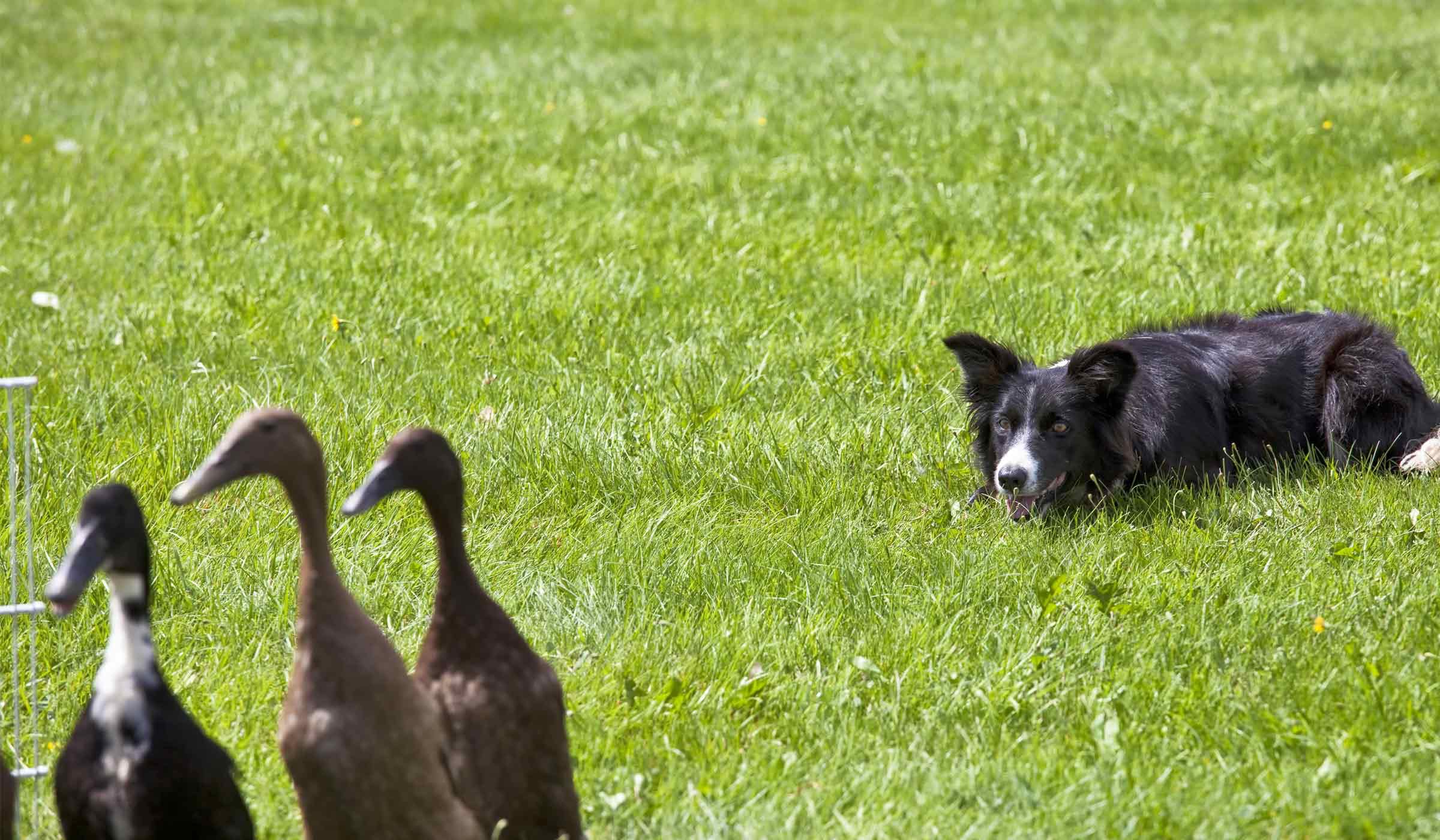In today’s age of technology you have expensive Trac-man machines, handheld apps, all sorts of ways to check what is really going on at impact when you hit practice balls.
But there remains a tried-and-true age-old diagnostic tool that never fails — the shape, direction and depth of your divots on the practice ground.
Ben Hogan once said “The secret is in the dirt.” And no one tore up more grass than Hogan in his prime as he hit thousands and thousands of balls on his way to becoming one of golf’s legendary ball strikers.
So today we’ll explore what your divots should and shouldn’t look like.
During the course of a round, you’ll see some ugly divots around the course. We’ve seen some deep enough to bury a bird. Truth be known, your divot should look like a bacon strip. It should be shallow, not deep.
Duane Anderson in this video is a professional who is a TaylorMade Kingdom rep:
Click on this link to understand your divots.
Duane Anderson in this video is a professional who is a TaylorMade Kingdom rep.
And while we’re on the subject of divots, when you practice, after your first shot, for the next one, tee your ball behind the divot and work that way. Too many players move from spot to spot and produce practice divots that look like something out of a scattergun.
Pay attention to your divots, they tell the tale.
And make it your goal to get to that “bacon strip” size divot.


































